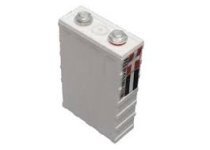alpharalpha
100 W
I have a cell log that shows me the voltage so for example can I tell the power by that ( 3.6v 3.2v 3.1v 2.9v etc?) I also have an analog ampmeter, have a digital one too that is a wattmeter ah meter etc but I don't trust it, was a cheap chinese one from ebay that's why I got the analog ampmeter which works great. So is there a way to tell by voltage (I'm thinking not but don't know) would buying a decent wattmeter work or do I need something like the Watts Up? I just want to know how much power is in each cell. BTW: I have one cell that only charges to 3.4v while the rest charge to 3.6 and stay there (last time I full charged a week before leaving and they all stayed 3.6 except that one. After riding 18 miles at 15-20mph all the other cells are at around 3.3v but that one is at 3,2v and I've tried balancing it, it just won't hold a charge over 3.4v. I wanted to see how far I could ride on my 30ah prismatic pack and since it was night and that cell log is useless to view while riding imho I rode it down to where my bms stopped, unfortunately it's a bleeding bms that stops at 2.0v and it's the first battery that's not fully charging now.) Well, that's kinda off track. Is there a formula using amps, voltage and milage to determine ah? say if I start out at 3.5v using 20amps for 18 miles and end up with 3.3v? (and using a 30ah cell) Any info is helpful and appreciated.


